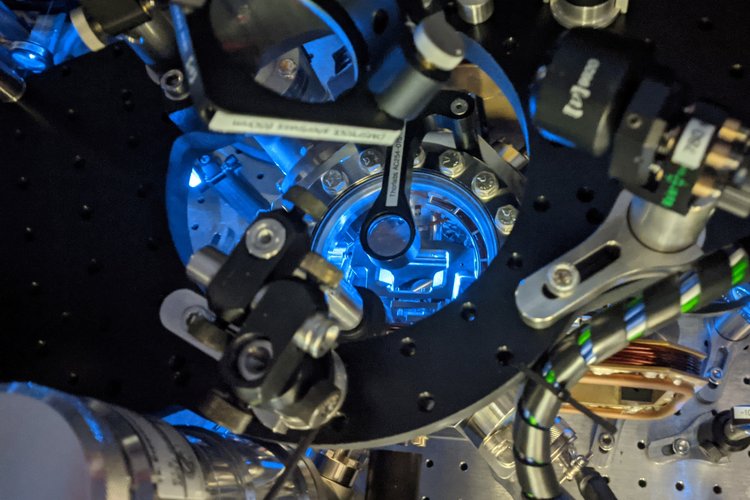Some of the most exciting topics in modern physics, such as high-temperature superconductors and some proposals for quantum computers, come down to the exotic things that happen when these systems hover between two quantum states.
Unfortunately, understanding what’s happening at those points, known as quantum critical points, has proved challenging. The math is frequently too hard to solve, and today’s computers are not always up to the task of simulating what happens, especially in systems with any appreciable number of atoms involved.
Now, researchers at Stanford University and the Department of Energy’s SLAC National Accelerator Laboratory and their colleagues have taken a step toward building an alternative approach, known as a quantum simulator. Although the new device, for now, only simulates the interactions between two quantum objects, the researchers argue in a paper published January 30 in Nature Physicsthat it could be scaled up relatively easily. If so, researchers could use it to simulate more complicated systems and begin answering some of the most tantalizing questions in physics.



